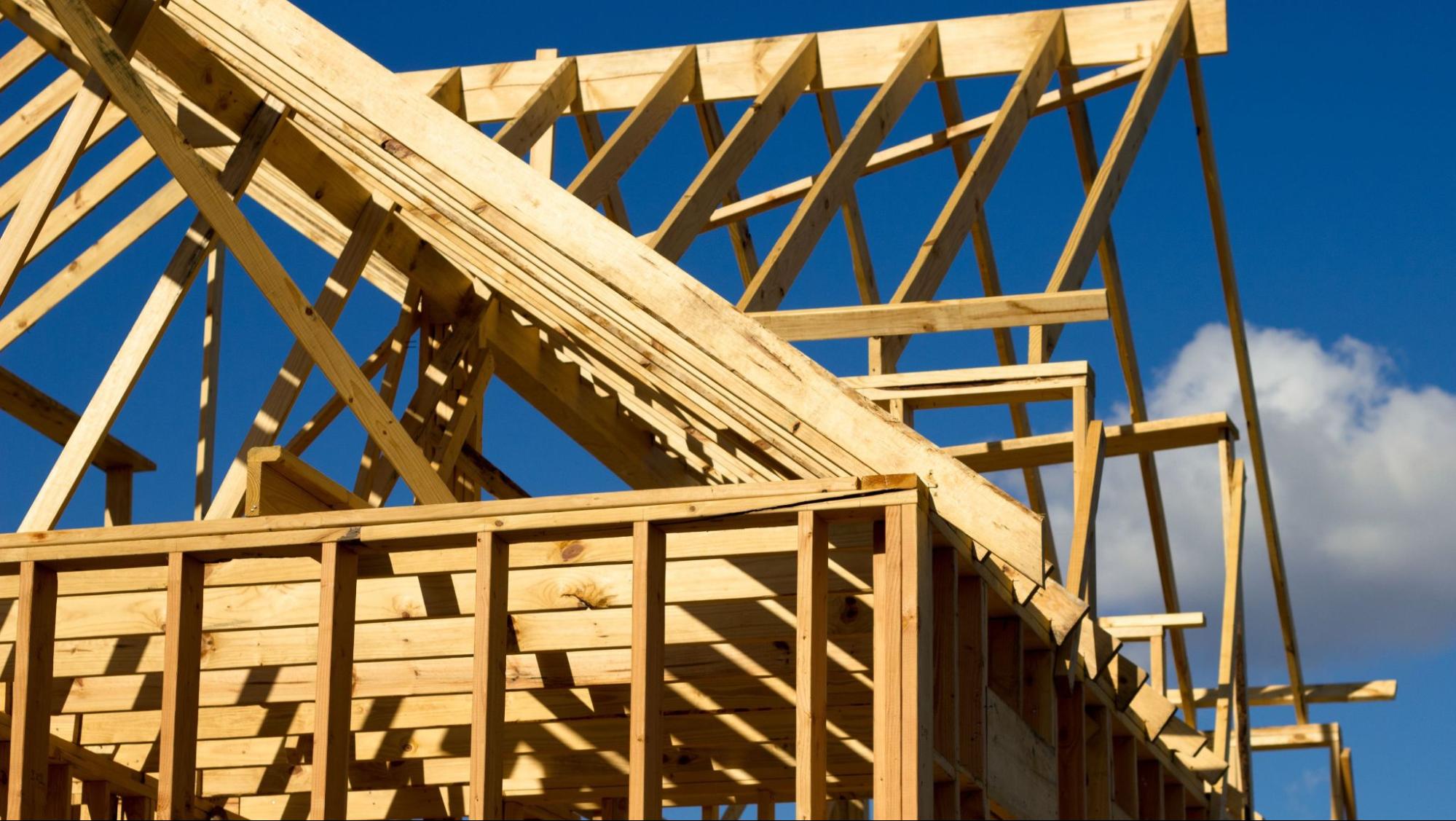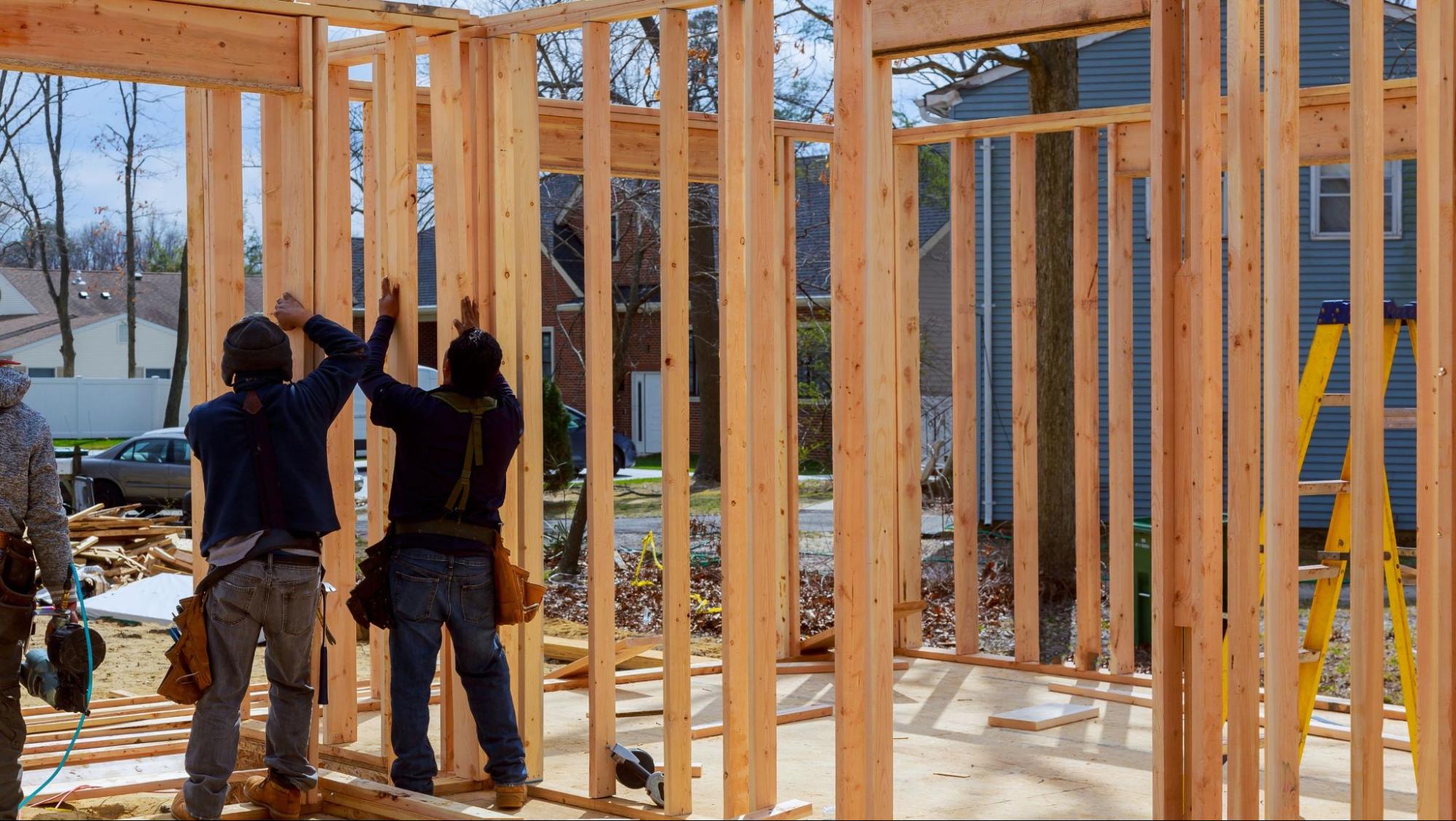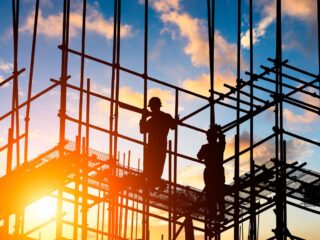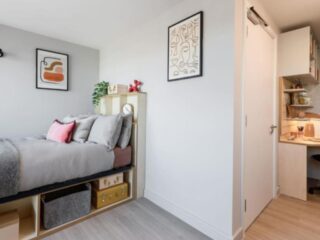
One of the first—and most important—steps in building a timber frame home is setting a thoughtful, well-rounded budget. Unlike standard stick-built houses, timber frame homes require a different construction approach, which makes careful financial planning essential from the very beginning. That’s why budgeting for a timber frame home isn’t just helpful—it’s a critical part of bringing your dream build to life.
A good rule of thumb? Plan to dedicate about one-third of your total construction budget to the timber frame itself. The remaining two-thirds will go toward your foundation, insulation, exterior and interior finishes, and other project essentials. Keeping your home’s design, location, and finishing touches in mind as you plan can help avoid surprises down the road.
What Affects the Cost of a Timber Frame Home?
No two timber homes are exactly alike, so costs can vary widely. Some of the biggest factors that impact your bottom line include:
- Total square footage
- Site accessibility and prep work
- Geographic location
- Quality and availability of raw materials
- Design complexity and detailing
- Special features like solar panels or custom finishes

As a baseline, most timber frame homes with SIPs (structural insulated panels) cost between $150 and $180 per square foot for just the frame and enclosure. A fully finished timber frame home typically ranges from $360 to $400 per square foot, which is higher than conventional builds—but with good reason. You’re getting craftsmanship, durability, and timeless style.
Smart Ways to Keep Costs in Check
Work with an Experienced Architect
A well-designed home is a cost-effective home. A skilled architect can help you avoid inefficiencies and unnecessary expenses by optimizing your layout from the start.
Consider Construction Management
Hiring a professional project manager can help ensure your build stays on track, meets quality standards, and hits deadlines—while potentially saving you money through better planning and oversight.
Building on a Budget: Where to Save
If you’re aiming to keep your costs under control, consider the following strategies:
- Simplify the design. Straightforward shapes—like rectangles or L-shapes—are more affordable than complex floor plans with lots of corners or curves.
- Build smaller. Bigger homes don’t just cost more to build—they also cost more to heat, cool, and maintain.
- Think hybrid. Combining timber framing with conventional methods in less visible areas (like bathrooms or secondary bedrooms) can stretch your budget without sacrificing style.
- Choose cost-effective finishes. Wood flooring, drywall, cabinetry, and lighting come in a wide range of price points. Choose wisely, and you won’t have to compromise on quality.
Understanding the Budget Breakdown
Here’s where your money typically goes in a timber frame project:

- Sitework and foundation: Accessibility, excavation, and grading can influence your upfront costs.
- Timber frame package: Includes design, joinery, materials, and labor.
- SIPs or insulation: Factory-cut panels speed up construction and improve efficiency.
- Exterior finishes: Roofing, siding, doors, and windows.
Interior finishes: Drywall, flooring, cabinetry, plumbing, electrical, and more. - Permits and inspections: Don’t forget about regulatory costs—they add up!
Budgeting Tips for a Smooth Build
- Get multiple quotes. Compare pricing from several reputable builders in your area.
- Prioritize must-haves. Know what’s essential and what’s nice to have. This helps you allocate funds more effectively.
- Consider phased construction. Building in stages can make financing more manageable.
- Set realistic expectations. Unforeseen costs are part of any home build. Plan for contingencies so you’re not caught off guard.
Educate yourself. The more you know about timber frame construction, the better decisions you can make along the way.
Final Thoughts
Building a timber frame home is a major investment—but with the right budget and planning, it’s one that pays off in lasting value and beauty. Whether you’re dreaming of a cozy mountain retreat or a modern countryside getaway, smart budgeting is what brings that vision to life. Take your time, make informed choices, and enjoy the process of creating a home that’s truly your own.






